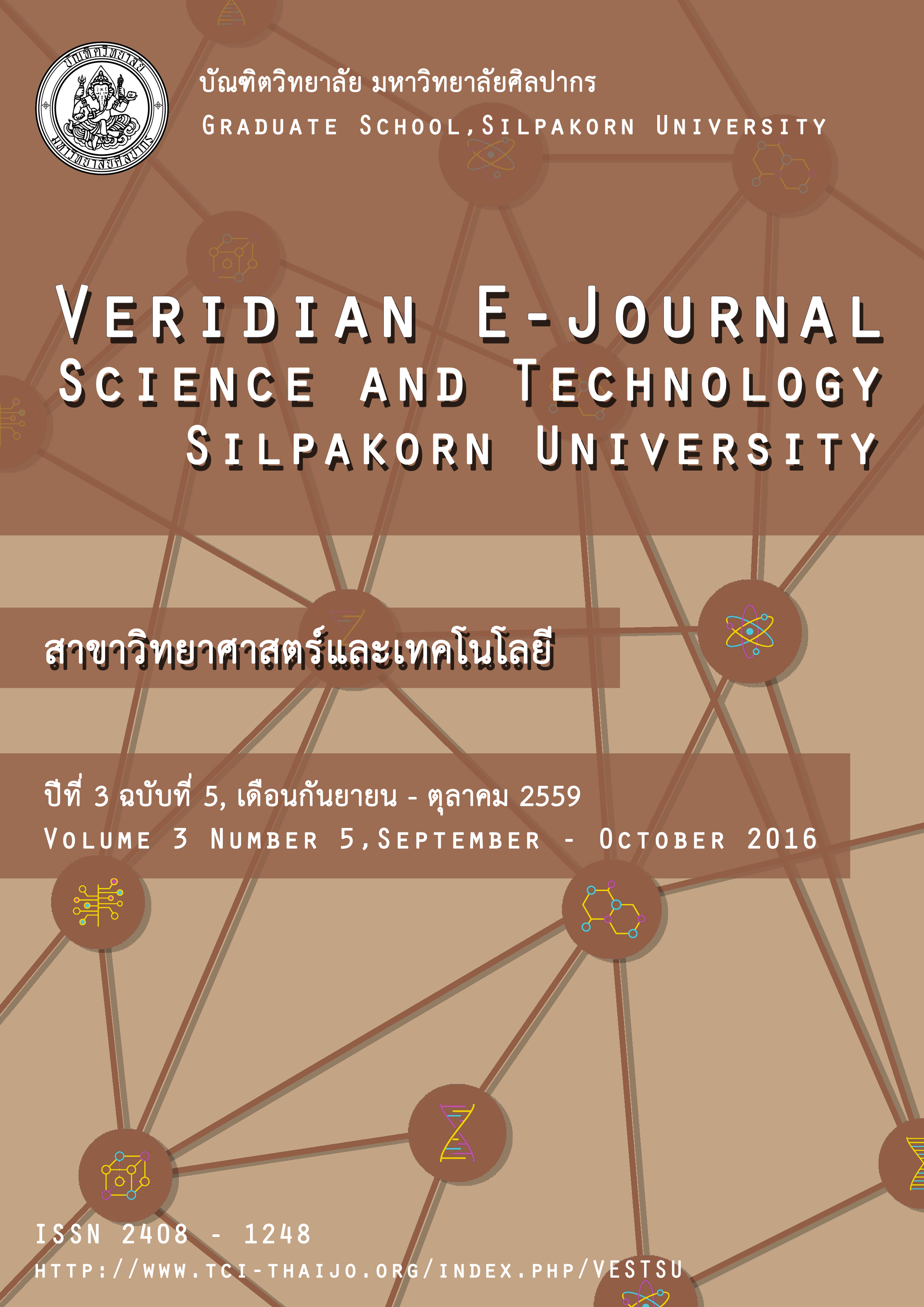SU-WiFi’s Security Hole from Fake WiFi and Detection Technique Based on DHCP Log
Main Article Content
Abstract
Nowadays, many organizations utilize wireless LAN to provide access to the Internet and enable flexible workplaces. Users can connect their smartphones or laptop computers to the organization’s network. Over the last few years, the growing of wireless system presents risks of wireless security. One of the most challenging risks is from the fake access points (fake AP). Undetected fake AP can harm the network in many ways. For example, unauthorized user can use fake AP to gain permission from an authorized user and gets access to the network. Silpakorn University provides more than 250 WiFi hotspots across three campuses to serve a number of users. This paper focuses on the security hole in Silpakorn WiFi (SU-WiFi) and authorization system from fake WiFis, and presents the implementation of the client side’s detection technique that combines the “white list” scheme and the use of DHCP log from the university DHCP server to detect fake APs from the client side.
Article Details
Section
บทความ : Science and Technology

